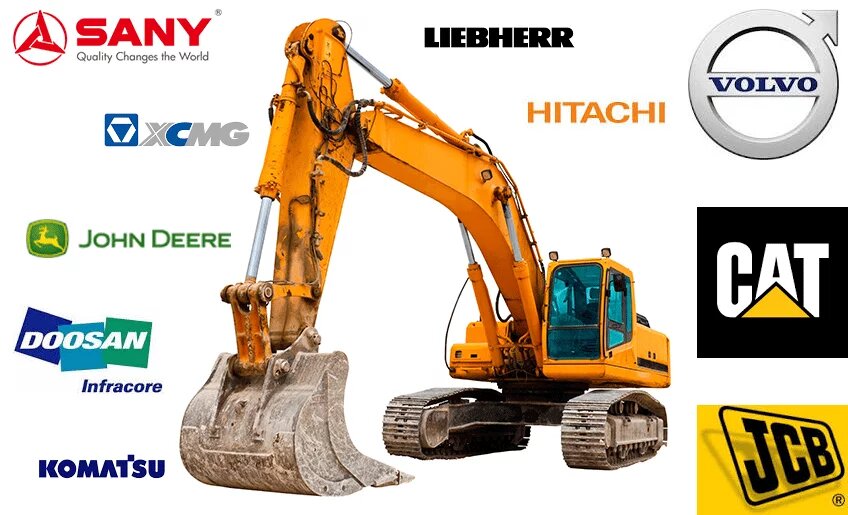Tips for Purchasing Second-Hand Excavators for import
Release time: 2025-06-10
Hey, partners from all over the world! Second-hand excavators offer great cost-effectiveness and can help you complete projects efficiently, but choosing the right one requires some know-how! Grab this cheat sheet, and you’ll easily find your “dream machine”!

1. Regulations First: Avoid “Failing the Customs Check”
Regulations for construction machinery in each country are like “clearance passwords.” For example, to enter the North American market, the EPA emission standards must be met; when venturing into Europe, the CE certification serves as the equipment’s “entry ticket.” Thoroughly studying these regulations in advance ensures your equipment clears customs smoothly. Otherwise, getting stuck at customs means wasting both time and money!
2. Precisely Match Your Needs: Say Goodbye to “Acclimation Issues”
Don’t follow the crowd blindly! Selecting an excavator based on your working environment and project requirements is key. If you’re operating in tropical regions, choose an excavator with a powerful cooling system; otherwise, it might “overheat and break down.” For muddy construction sites, anti-slip tracks are a must. Also, don’t overlook details like the language of the operation interface and the unit of measurement on the instruments. Having the equipment “speak the local language” makes operation a breeze!
3. Professional Inspection: Spot the “Hidden Pitfalls”
The second-hand excavator market can be tricky, and visual inspections alone aren’t enough! For core components like the engine and hydraulic system, it’s best to have a professional third-party agency conduct an “in-depth physical examination.” An authoritative inspection report serves as a “safety guarantee” for the equipment’s quality, helping you keep problematic machines at bay.
4. Logistics and Customs Clearance: Clear the “Last Mile”
Plan the transportation method in advance. Choose sea or land transport according to the size and weight of the excavator, ensuring the “big guy” fits into the “carriage.” Then, find a reliable freight forwarder as your “logistics strategist” and prepare all the necessary customs clearance documents, such as bills of lading and packing lists. This way, your excavator can reach the construction site smoothly!
5. After-sales Service and Spare Parts: Escort Your Equipment
Equipment may encounter minor issues after long-term use, and niche brands may face difficulties in sourcing spare parts and getting repairs. Choosing equipment with a comprehensive after-sales network and high spare parts compatibility is like hiring an “exclusive doctor” for your excavator. It not only reduces operating costs but also keeps the project progress rock-solid!


